Bodegas Riojanas
More than a century of winemaking tradition
The Artacho family had a deep wine tradition when in 1890 they founded Bodegas Riojanas together with Rafael Carreras. Signs of this tradition are the stone door built in 1799 to provide access to the family vineyards and is now preserved at the entrance to our winery, and very specially the prizes awarded to their wines before that foundation, as the golden of the Universal Exposition in Barcelona in 1888.
- 2000 - 2015
- 2015

125th Anniversary Celebration
Commemoration of the 125th anniversary of the founding of Bodegas Riojanas in their centennial facilities was chaired by optimism that reflects the current expansionary phase of the wine group.
- June 2005
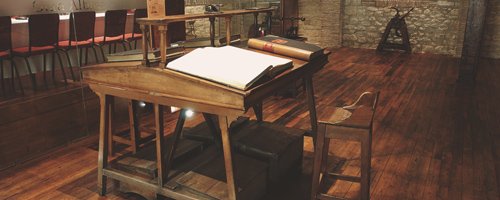
New facilities
Recent reforms in the facilities of Bodegas Riojanas have been the restoration and refurbishment of the original winery 1890, creating a hall, a modern winery of special elaborations, as well as new offices opened in June 2005.
- 1990 - 2000
- 1998

New system of grape reception
The grape reception facilities are expanded with new systems of hoppers, stemming and crushing. This gives the possibility to select, trailer by trailer, the different qualities of the harvest for different characterizations.
- 1999
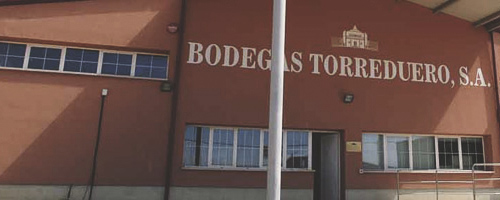
Bodegas Torreduero
Bodegas Riojanas creates Bodegas Torreduero in Toro, making a firm commitment to the future of this wine region. It is made for the first time in the new winery of San Vicente de la Sonsierra, with a processing capacity of half million kilos of grapes and five thousand oak barrels.
- 1991

Qualified Designation of Origin Rioja
This year the category of “Calificada” was granted to the Rioja Designation of Origin, approving its Regulations.
- 1997

Entry to the Stock Market
The Banco Santander sells its stake in the winery to the families Frías Artacho and Artacho Nieto, descendants of the founders, after which Bodegas Riojanas, maintaining its character as a family company, decided to quote a portion of its shares in the stock market. The winery obtained the ISO 9002 certification issued by AENOR, the result of strong commitment to quality in the line of action of Bodegas Riojanas.
- 1980 - 1990
- 1990
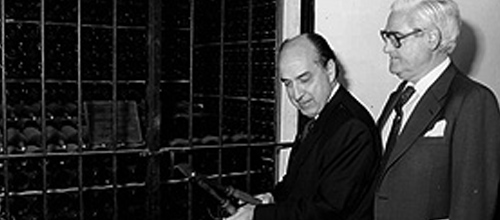
First centenary of Bodegas Riojanas
To celebrate it, its eighth extension is inaugurated, the most ambitious to date. Its purpose is to double the capacity of the winery. Downstairs sixty stainless steel tanks are installed with a unit capacity of fifty thousand liters. Two plants overlap for aging with a capacity of twelve thousand barrels, to finish on the top floor with a bottle rack for 3,500,000 bottles, conveniently acclimated. Bottling line is upgraded by automating the process for a production of 9,000 bottles / hour.
- 1986
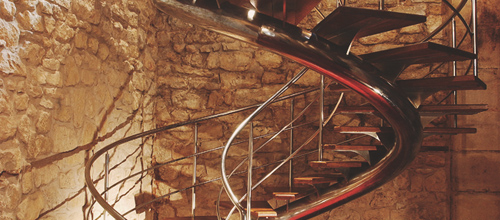
More extensions in the winery
New expansions in the winery are made, increasing the capacity of bottles, tanks, bottling line and technical improvements.
- 1981

More extensions in facilities
New expansions in the winery are made, increasing the capacity of bottles, tanks, bottling line and technical improvements.
- 1940 - 1980
- 1980
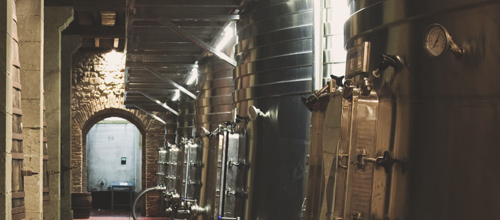
Introduction of new technologies
The decade of the 1980s can be defined as the decade of new technologies. Stainless steel replaced concrete tanks. Fermentation under controlled temperatures was introduced for white wines and the vinification techniques of red wines improved.
From the 1980 vintage, the Control Board began to monitor wines and minimum barrel and bottle ageing times, as well as assuring the wine vintage.
- 1970
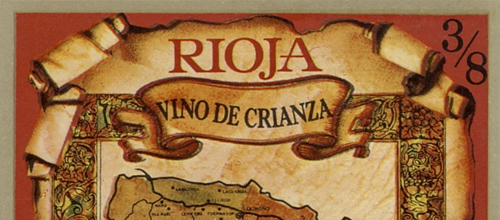
Creation of classifications Crianza and Reserva
The early years of this decade are characterized by the creation of a large number of new wineries and the entry of new foreign capital in various wineries, as well as from banks.
The world oil crisis brings the loss of exports, which are not paid until the end of the decade with a focus on Europe.
During this decade the Regulation of the Control Board is reformed and the back labels appear with signs of crianza and reserva.
- 1960
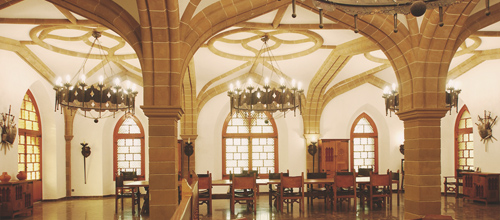
Third extension
In this decade the third extension of the winery, focused on a new philosophy of quality and allowed to sell wine in bulk is undertaken.
New presses and concrete tanks, with a capacity of more than one million liters, new cellars for 2,600 barrels and a bottle rack of five storeys high for aging of 700,000 bottles are built, pioneering give importance to the aging process bottle. This bottle was crowned by the tower of a modernist castle that overlooks the valley of the Ebro.
- 1950

Second extension
The second extension is done by closing a pediment and old stables, and increasing the capacity of aging to about 3,000 barrels.
At this time exports to America are taking booming. At the end of the decade the Lloyd Brasileiro congratulates the winery for making the largest shipping on a single ship to Brazil, with a total of 24,660 cases of 12 bottles weighing 494 760 Kilos.
New regulations of the Rioja Designation of Origin are approved. These were years of emigration and abandonment of the countryside with grubbing-up of vineyards.
- 1890 - 1940
- 1940

Public Limited Company
Bodegas Riojanas becomes Public Limited Company adopting its current name and with an initial capital of two million pesetas.
Despite the difficult circumstances of the forties, the winery undertakes its first expansion, completed three years later. After the reform, the number of barrels increased to 4,000 and the capacity of storage to the large amount of two million liters.
- 1933

Return of Monsieur Larrendat
The French winemaker Gabriel Larrendat returns home after spending several years in Bodegas Riojanas managing the elaboration and aging of the wines.
It was he who named one of the wines of Bodegas Riojanas with the name "Monte Real" which still sells.
- 1930
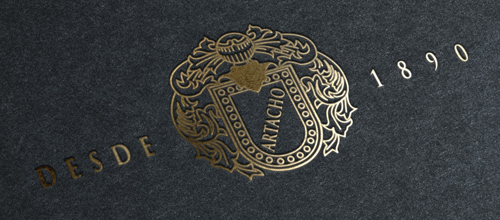
Constitution of the company name "Roman Artacho and Company, S.L."
The winery was turned into a Limited Society and took on the name "Roman Artacho and Company, S.L.".
After recovery from the destruction of vineyards by phylloxera, times of prosperity are produced and Bodegas Riojanas sells wine in America, with batches of 1,000 casks for a single client, the Cuban "El Duende".
- 1925
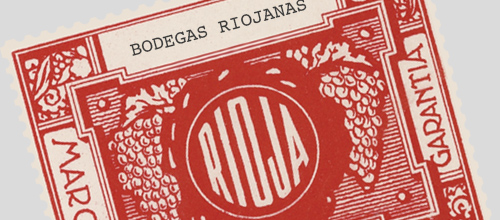
Rioja Designation of Origin
In 1925 it was approved the legal regulation for the creation of the Designation of Origin Rioja and the constitution of the Control Board, being the oldest in Spain next to Jerez.
- 1898
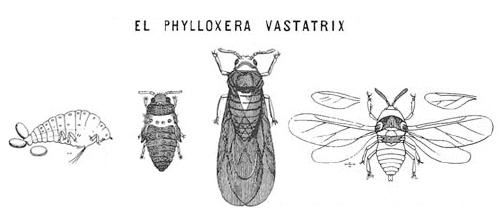
The phylloxera plague attacks the Rioja vineyards
Economic damages are so important that from thirty million pesetas of incomes achieved in 1890 it passed to two and a half in 1910.
The crisis affects 43,000 people who have to emigrate. Two decades later, the Rioja agricultural sector had not yet managed to recover from the hard blow suffered from the phylloxera plague.
- 1892
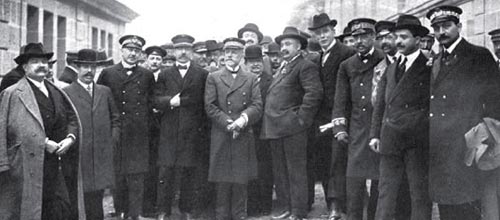
Creation of the Oenologic Station of Haro
Import duties are imposed to the wines by France causing a surplus situation in Rioja.
- Hasta 1890
- 1890
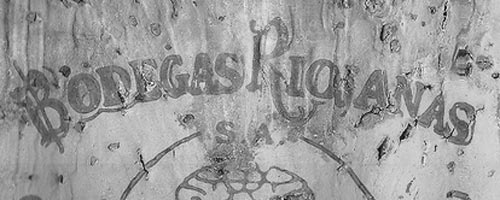
Founding of Bodegas Riojanas
From the deep winemaking roots of the Artacho family, it were founded in Cenicero in 1890 Bodegas Riojanas, one of the pioneering wineries of the Designation.
- 1864
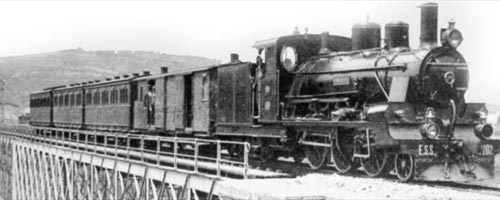
Opening of the railway
The railway line was opened in 1864, linking La Rioja to the ports on the north coast, helping the growth of wine exports to France.
- 1787

Royal Economic Society Rioja Growers
"The Royal Economic Society of Rioja Growers" is established with the aim of opening avenues for export and optimal quality of the wines.
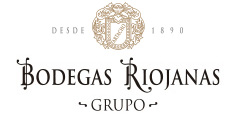


Wall Social
Bodegas Riojanas in Social Networks
Access all our social
See Wall Socialmedia mentions